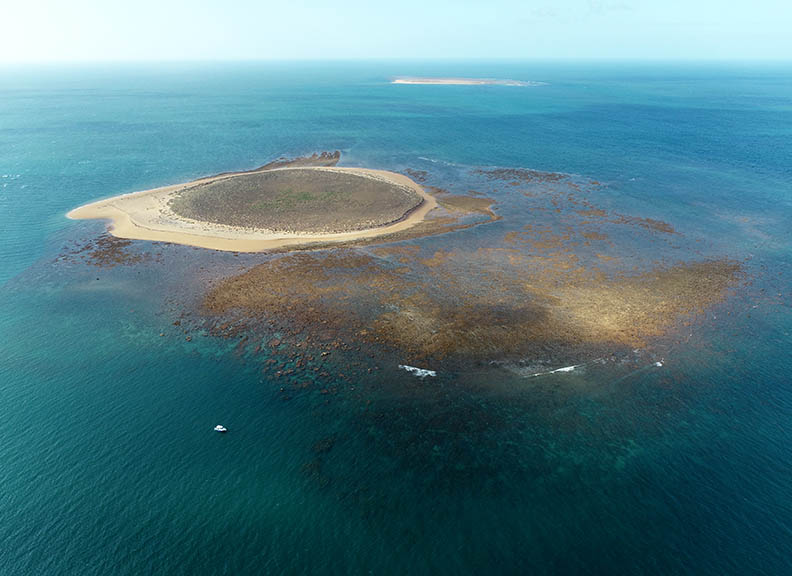
Explore Oceans Institute
Pilbara Islands
This multi-part expedition to the Pilbara Islands focused on deciphering the resilience of low-lying coral cay islands to environmental change. These coral reef islands are critical ecological habitats for roosting seabirds and turtle rookeries, and are of high conservation management significance to the Exmouth/Ningaloo bioregion.
This collaborative project joined UWA, Curtin University and the ARC Centre of Excellence for Coral Reef Studies.
Follow their voyage here.

